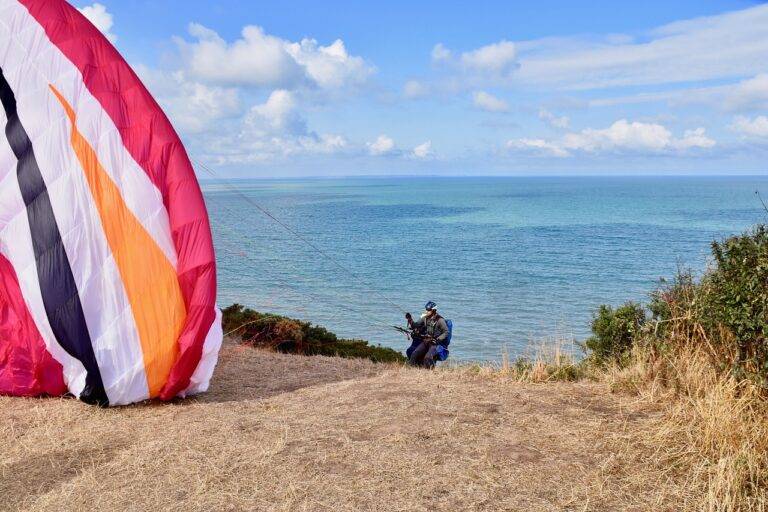The Role of IPL in Treating Bullous Pemphigoid: Play99exch, Sky247, Allpaanel ID
Play99exch, Sky247, Allpaanel ID: Bullous pemphigoid is a rare autoimmune skin disorder characterized by the formation of large, fluid-filled blisters on the skin. These blisters typically appear on the arms, legs, abdomen, and groin area. They are often accompanied by intense itching, burning, and pain, which can significantly impact a person’s quality of life.
In addition to blisters, individuals with bullous pemphigoid may also experience red, inflamed skin around the affected area. The skin may appear cracked and raw, making everyday tasks such as bathing and getting dressed painful and challenging. Furthermore, some patients may develop sores and ulcers within the blisters, increasing the risk of infections and complications.
Understanding the Pathophysiology of Bullous Pemphigoid
Bullous pemphigoid is an autoimmune disorder characterized by the formation of large, fluid-filled blisters on the skin. The pathophysiology of this condition involves the production of autoantibodies that target proteins within the skin’s basement membrane, specifically BPAG1 and BPAG2. These autoantibodies lead to an inflammatory response, causing the separation of the epidermis from the dermis and subsequent blister formation.
Furthermore, bullous pemphigoid is associated with the activation of complement cascades, particularly the classical pathway. Complement activation contributes to the inflammatory process by recruiting immune cells and promoting tissue damage. Additionally, the release of inflammatory mediators, such as cytokines and chemokines, further exacerbates the immune response and blister formation in individuals with bullous pemphigoid.
Current Treatment Options for Bullous Pemphigoid
Corticosteroids are the mainstay of treatment for Bullous Pemphigoid, with both topical and systemic options available. Topical corticosteroids are typically prescribed for localized cases, while systemic corticosteroids are used for more widespread or severe presentations. These medications work by reducing inflammation and suppressing the immune response that drives the blistering and rash seen in Bullous Pemphigoid.
In cases where corticosteroids are not effective or are poorly tolerated, other immunosuppressive agents may be considered. These include medications such as azathioprine, mycophenolate mofetil, and methotrexate, which work by targeting different aspects of the immune system to help control the autoimmune response underlying Bullous Pemphigoid. These medications are often used in combination with corticosteroids to achieve better disease control and reduce the risk of long-term side effects from high-dose corticosteroid therapy.







